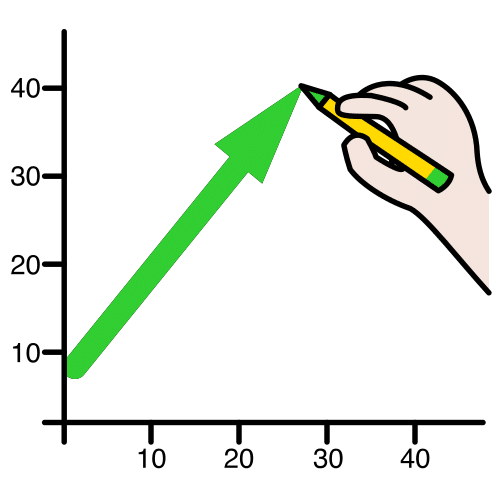Dictionary
Improve

- Definition:
-
To make something better.
-
Hacer algo mejor.
- Example:
-
I want to improve my English.
-
Quiero mejorar mi inglés.
- Spanish word:
-
Mejorar
- Audio:


Congratulations! You have finished your work.
You have become an excellent comic designer and, I am sure, the students at hospital classrooms will enjoy your work so much.
Now that you have all the comics together, maybe it is time you have fun with them.
So, you will have the opportunity of enjoying your partners' comics, too.
You have gone a long way and you have learned a lot of things. There will be other opportunities to go on showing this ability and improve it.
To conclude, let's remember the strategy or "trick" that you have learned during this challenge.
We taught you this strategy or "trick" and you worked on it in the section LET’S BE ORGANISED.
Go back to that section and review for a moment what it consisted of and how it helped you to achieve the challenge we proposed to you.
Now open the Learning Diary and complete the last page.
In this section you will keep valuable information about the strategy, in which activities you have applied it, whether it has been useful and what has been the most difficult for you.
Keep up the good work, you're doing great! For your efforts you have earned your first badge here, which you will be credited with as a strategist. Congratulations!
Remember:
- Ask your teacher whether you will fill it in on paper or on the computer.
- If you fill it in on the computer, don't forget to save it on your computer when you finish it!
Para concluir, vamos a recordar la estrategia o el “truco” que has aprendido durante este reto. Esta estrategia o “truco” te lo enseñamos y lo trabajaste en el apartado LET 'S BE ORGANIZED. Vuelve a dicho apartado y repasa un momento en qué consistía y cómo te sirvió para llegar a conseguir el reto que te proponíamos. Abre, ahora, el Diario de Aprendizaje y completa su última página.
En este apartado guardarás información valiosa sobre la estrategia, en qué actividades las has aplicado, si ha sido útil y qué te ha resultado más difícil. ¡Sigue trabajando así! ¡Lo estás haciendo genial!
Por tu esfuerzo has conseguido aquí la primera insignia que te acreditará Mega-Estratega.
¡Enhorabuena! Recuerda:
• Pregunta a tu profesor o profesora si la rellenarás en papel o en el ordenador.
• Si la rellenas en el ordenador, ¡no te olvides de guardarla en tu ordenador cuando la termines!
| Excellent | Good | Need improvement | Low performance | |
|---|---|---|---|---|
| Type of story | The students decide on the type of story for their comic, and it is completely clear. (4) | The students decide on the type of story for their comic, but it is not clear enough. (3) | The students vaguely decide on the type of story for their comic, and it is not clear. (2) | The students don’t agree on the type of story for their comic. (1) |
| Characters | The students create their characters and look for a relationship with those of their classmates. (4) | The students create their characters, but there isn’t a clear relationship with those of their classmates. (3) | The students vaguely create their characters, and there isn’t a clear relationship with those of their classmates. (2) | The students don’t create their own characters. (1) |
| Parts of the story | The story is clearly divided into beginning, middle and end. (4) | The story is not clearly divided into beginning, middle and end. (3) | The parts of the story are often confusing and mixed up. (2) | The story is not divided into parts. (1) |
| From text to comic | The students know how to transform the text of their story into a comic script, using all its elements. (4) | The students know how to transform the text of their story into a comic script, but they don’t use all its elements. (3) | The students vaguely know how to transform the text of their story into a comic script, and they hardly ever use its elements. (2) | The students don’t know how to transform the text of their story into a comic script. (1) |
| Drawings | The students use high quality visual support. (4) | The students prove to be imaginative, although their visual support is not excellent. (3) | The students vaguely use attractive visual support. (2) | The students don’t use coherent visual support. (1) |
| Cooperative work | The students consistently stay focused on the task while working in groups. (4) | The students stay focused on the task while working in groups most of the time. (3) | The students rarely stay focused on the task while working in groups. (2) | The students never stay focused on the task while working in groups. (1) |
| Emotions | The students understand the relevance of their present and they feel happy about it. (4) | The students understand the relevance of their present but they don’t feel particularly happy about it. (3) | The students don’t understand the relevance of their present but they feel happy about it. (2) | The students neither understand the relevance of their present nor feel happy about it. (1) |
Licensed under the Creative Commons Attribution Non-commercial Share Alike License 4.0